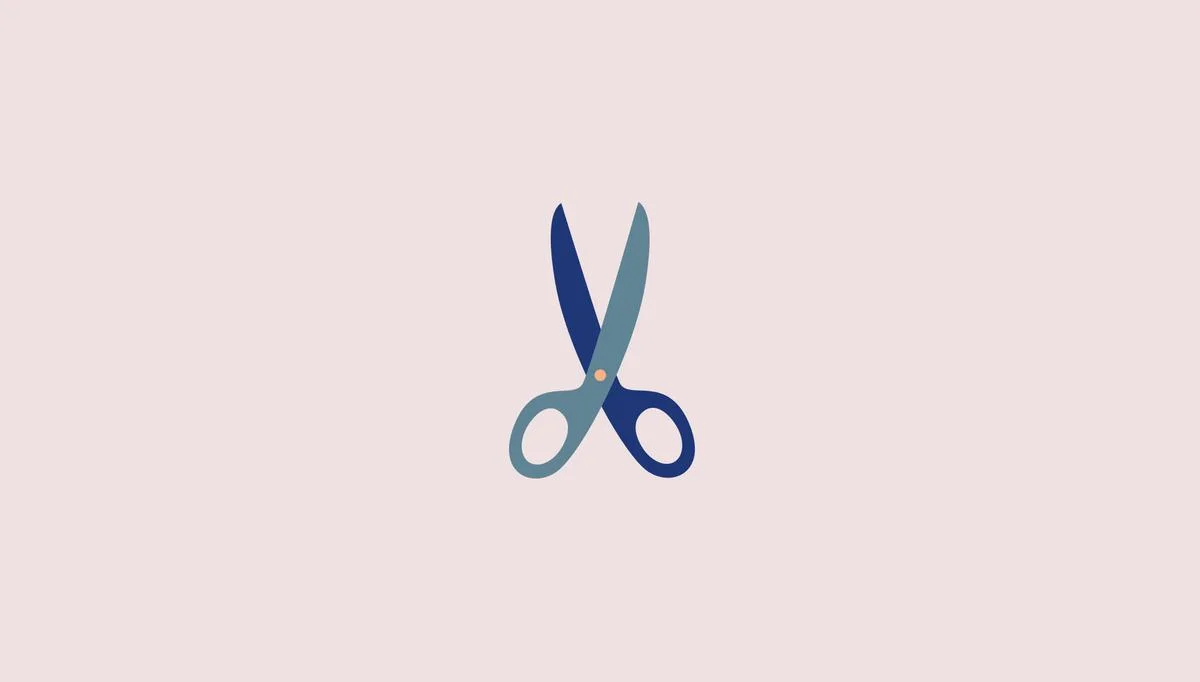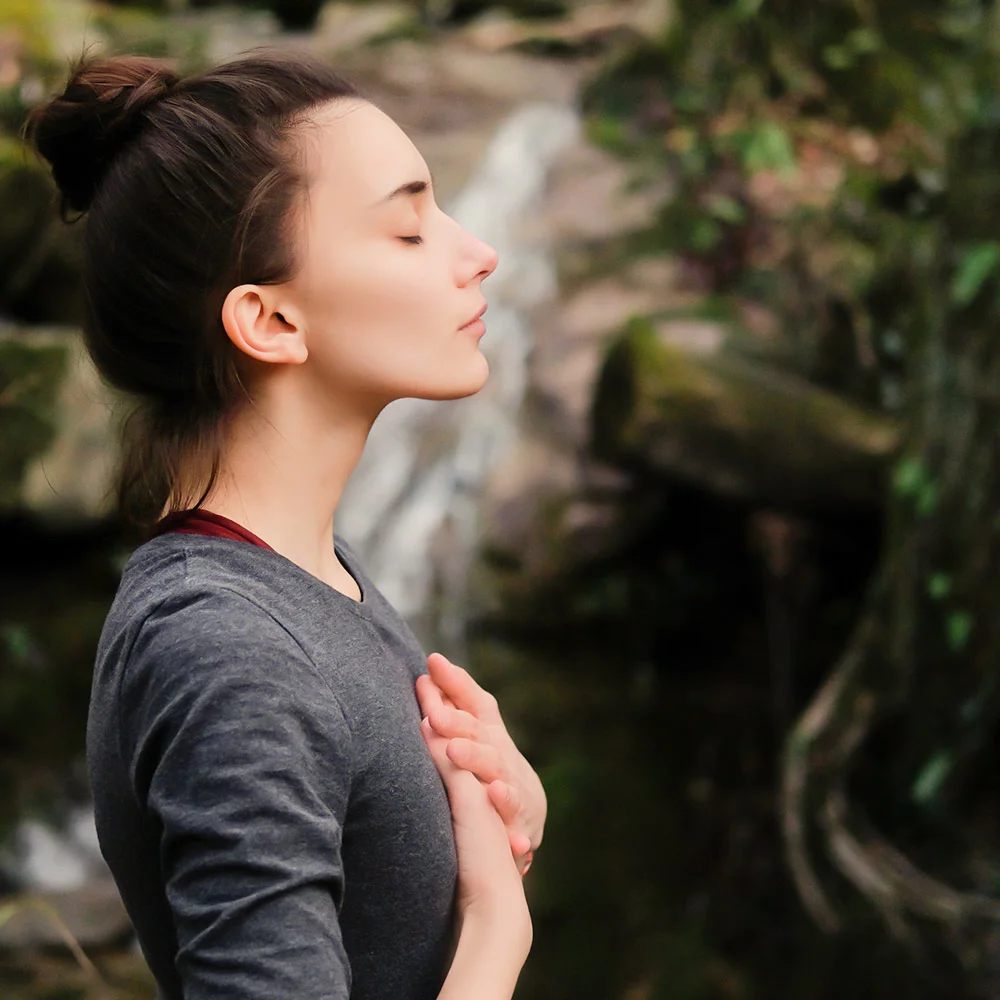Here's what we'll cover
Here's what we'll cover
You may not be familiar with the term “psilocybin” (pronounced sil-oh-SY-bin), but you’ve probably heard of magic mushrooms. Also called medical mushrooms or ‘shrooms, these fungi contain psilocybin, a naturally occurring substance responsible for hallucinogenic effects. Read on to learn more about psilocybin, its risk, and potential medical uses.
What is psilocybin?
Psilocybin is naturally found in several kinds of mushrooms and is better known by its common names: medical mushrooms, magic mushrooms, ‘shrooms. It’s categorized as a psychedelic drug and is known for its hallucinogenic effects (Geiger, 2018).
Currently, the federal government defines psilocybin as a controlled substance in the same Schedule I drug category as LSD (“acid”) and cocaine (DEA, n.d.).
Since ancient times, psilocybin mushrooms have been used for medicinal and recreational purposes. These mushrooms have powerful psychological effects on the brain. Ingesting them (or foods prepared with them) causes people to experience many of the following effects (Johnson, 2008):
Visual or auditory hallucinations (defined as seeing or hearing things that aren’t there) that can involve vivid colors or musical sounds
The feeling that time and space are infinite or nonexistent
Perceiving one’s own body as tiny or gigantic
Thoughts, feelings, or insights into one’s personal life, sometimes of a mystical or spiritual nature
These effects typically start 30 minutes to two hours after ingestion and can last up to 4–12 hours, depending on the amount consumed (Tran, 2020).
Psilocybin seems to cause these effects on the brain by stimulating certain serotonin receptors. Serotonin is a hormone that acts as a chemical messenger in the brain. It regulates numerous human brain functions such as mood, emotion, and sleep.
It’s also the hormone targeted by popular antidepressants such as fluoxetine (brand name Prozac) called selective serotonin reuptake inhibitors (SSRIs) (Johnson, 2017).
Psilocybin uses
The Food and Drug Administration (FDA) does not approve psilocybin for any medical use, but it’s currently being studied for various medical and psychological conditions. Psilocybin was extensively studied for medical purposes back in the 1950s and 1960s, but research funding became limited when psilocybin was banned in the 1970s. Psychedelics such as psilocybin and LSD were categorized as Schedule I controlled substances when the Controlled Substances Act was enacted in 1970 (Carhart-Harris, 2017).
Schedule I controlled substances are illegal and are considered to have no acceptable medical use. After a multi-decade hiatus, there’s been a renewed interest in psilocybin research in recent years.
In 2018, the FDA designated psilocybin a “breakthrough therapy” to investigate its potential to treat severe, treatment-resistant depression. The FDA typically only grants this designation when preliminary evidence suggests that the drug offers significant therapeutic benefit and allows accelerated drug development and review. The FDA granted another breakthrough therapy designation for psilocybin in 2019, this time for researching its potential for major depressive disorder (MDD), commonly known as depression (Saplakoglu, 2019).
Psilocybin-assisted therapy
Psilocybin-assisted therapy involves the use of psilocybin in licensed settings under the supervision of trained healthcare professionals. Recent clinical research suggests that just one or two psilocybin-assisted therapy sessions may be significantly beneficial for various conditions, such as (Castro Santos, 2021; Johnson, 2017; Carhart-Harris, 2017):
Treatment-resistant depression
Depression and anxiety in people facing advanced-stage cancer
Obsessive-compulsive disorder (OCD)
Alcohol use disorder
Several studies showed that psilocybin-assisted therapy produced immediate and long-lasting results. Some participants reported significant improvements in their depression and anxiety symptoms as long as six months after being given a single dose of psilocybin or a few sessions (Castro Santos, 2021).
In November 2020, the state of Oregon passed legislation known as Mission 109. This will create a program that allows adults (21 years and older) to receive psilocybin therapy legally to treat mental health conditions. Other states may pass similar legislation in the years to come (Healing Advocacy Fund, 2021).
More studies are needed, but psilocybin may be approved to treat specific medical conditions in the near future.
Psilocybin side effects
Some proponents of legalizing medical mushrooms suggest that they are safe for most people if they are carefully monitored and supervised while under their influence.
Side effects of psilocybin may include dizziness, weakness, tremors, nausea, drowsiness, skin itching or tingling, blurred vision, and dilated pupils. Headaches have also been reported as a delayed reaction to psilocybin (Johnson, 2008; Johnson, 2017).
Psilocybin use carries the risk of a “bad trip”—anxiety, fear, panic, frightening hallucinations, troubling thoughts, or paranoid feelings. The intense emotional experience of a bad trip could potentially lead to dangerous behavior. Although very rare, there are some reports of individuals dying from jumping from buildings under the influence of hallucinogens. Bad trips are one of the reasons why mushrooms were banned in 1970 (Johnson, 2008).
Another less common but potential risk of psilocybin use is the possibility of re-experiencing the effects of the drug days, weeks, or years after using it. Even if, at the time, the trip was a pleasant one, the flashbacks of it can be distressing. If flashbacks become disruptive or debilitating, you may be diagnosed with hallucinogen persisting perception disorder (HPPD). More research is needed to understand why HPPD occurs and who may be at higher risk for developing negative flashbacks (Johnson, 2008).
Psilocybin warnings
Since psilocybin is still a banned substance, the FDA doesn’t provide any guidelines for its use. That being said, clinical researchers typically exclude people with certain medical conditions from participating in clinical trials of psilocybin. Based on this, it’s particularly unsafe for people with the following conditions to take psilocybin mushrooms (Johnson, 2017):
Psychosis. It may be unsafe for people diagnosed with psychosis, schizophrenia, bipolar 1 or 2 disorder, or similar mental health conditions to use psilocybin. This is because of the increased risk of prolonged reactions that could last for days or even months.
Heart problems. Psilocybin could be risky for people with high blood pressure or other types of heart disease. According to a study, consuming psilocybin causes a temporary increase in blood pressure (Hasler, 2003).
Pregnancy or breastfeeding. Psilocybin’s effects on pregnancy or breastfeeding are unknown and should be avoided (Scott, 2010).
Medication use. Psilocybin-containing mushrooms are not recommended for people taking certain medications, which can alter the effects of hallucinogenic substances. Some examples include (Johnson, 2017; Bonson, 1996):
Lithium (a drug treating bipolar disorder)
Tricyclic antidepressants such as amitriptyline (Elavil)
Haloperidol, an antipsychotic medication
Selective serotonin reuptake inhibitors such as fluoxetine (Prozac), paroxetine (Paxil), and sertraline (Zoloft)
Trazodone (Desyrel)
Monoamine oxidase inhibitors, such as linezolid (Zyvox) or rasagiline (Azilect)
St. John’s Wort, an herb with antidepressant-like effects
Mushroom toxicity
A slightly off-topic but critical note: you should never consume wild mushrooms unless you know, without a doubt, precisely what type of mushrooms they are. Dangerous and life-threatening reactions have occurred from eating poisonous mushrooms that they mistook for magic mushrooms. Within a few hours of ingesting toxic mushrooms, nausea, vomiting, abdominal cramping, and diarrhea can occur. Liver damage, kidney problems, seizures, and deaths have also been reported (Tran, 2020).
If you have questions about the use of psilocybin or mushrooms, talk with a healthcare provider. It’s a good idea to have an open conversation with your healthcare provider. They’ll keep your question or concerns confidential, even if it’s regarding any type of drug, and give you medical advice tailored to your individual health history and goals.
DISCLAIMER
If you have any medical questions or concerns, please talk to your healthcare provider. The articles on Health Guide are underpinned by peer-reviewed research and information drawn from medical societies and governmental agencies. However, they are not a substitute for professional medical advice, diagnosis, or treatment.
Bonson, K. R., Buckholtz, J. W., & Murphy, D. L. (1996). Chronic administration of serotonergic antidepressants attenuates the subjective effects of LSD in humans. Neuropsychopharmacology , 14(6), 425–436. doi: 10.1016/0893-133X(95)00145-4. Retrieved from https://pubmed.ncbi.nlm.nih.gov/8726753/
Carhart-Harris, R. L., & Goodwin, G. M. (2017). The therapeutic potential of psychedelic drugs: past, present, and future. Neuropsychopharmacology , 42(11), 2105–2113. doi: 10.1038/npp.2017.84. Retrieved from https://www.ncbi.nlm.nih.gov/pmc/articles/PMC5603818/
Castro Santos, H., & Gama Marques, J. (2021). What is the clinical evidence on psilocybin for the treatment of psychiatric disorders? A systematic review. Porto Biomedical Journal , 6(1), e128. doi: 10.1097/j.pbj.0000000000000128. Retrieved from https://www.ncbi.nlm.nih.gov/pmc/articles/PMC8055489/
Drug Enforcement Agency (DEA). (n.d.). Drug scheduling. Retrieved from https://www.dea.gov/drug-information/drug-scheduling
Geiger, H. A., Wurst, M. G., & Daniels, R. N. (2018). DARK classics in chemical neuroscience: psilocybin. ACS Chemical Neuroscience, 9 (10), 2438–2447. doi: 10.1021/acschemneuro.8b00186. Retrieved from https://pubmed.ncbi.nlm.nih.gov/29956917/
Hasler, F., Grimberg, U., Benz, M.A. et al . (2004). Acute psychological and physiological effects of psilocybin in healthy humans: a double-blind, placebo-controlled dose–effect study. Psychopharmacology , 172,145–156. doi: 10.1007/s00213-003-1640-6. Retrieved from https://link.springer.com/article/10.1007%2Fs00213-003-1640-6
Healing Advocacy Fund. (2021). Mission 109 Program implementation and administration. Retrieved from https://healingadvocacyfund.org/about
Johnson, M.W., et al. (2008). Human hallucinogen research: guidelines for safety. Journal of Psychopharmacology (Oxford, England), 22 (6), 603–620. doi: 10.1177/0269881108093587. Retrieved from https://www.ncbi.nlm.nih.gov/pmc/articles/PMC3056407/
Johnson, M. W., & Griffiths, R. R. (2017). Potential therapeutic effects of psilocybin. NeuroTherapeutics , 14(3), 734–740. doi: 10.1007/s13311-017-0542-y. Retrieved from https://www.ncbi.nlm.nih.gov/pmc/articles/PMC5509636/
Nicholas, C. R., Henriquez, K. M., Gassman, M. C., Cooper, K. M., Muller, D., Hetzel, S., et al. (2018). High dose psilocybin is associated with positive subjective effects in healthy volunteers. Journal of Psychopharmacology (Oxford, England), 32 (7), 770–778. doi: 10.1177/0269881118780713. Retrieved from https://www.ncbi.nlm.nih.gov/pmc/articles/PMC7751062/
Saplakoglu, Y. (2019). FDA calls psychedelic psilocybin a 'breakthrough therapy' for severe depression. Retrieved from https://www.livescience.com/psilocybin-depression-breakthrough-therapy.html
Scott, K., & Lust, K. (2010). Illicit substance use in pregnancy - a review. Obstetric Medicine , 3(3), 94–100. doi: 10.1258/om.2010.100014. Retrieved from https://www.ncbi.nlm.nih.gov/pmc/articles/PMC4989592/
Tran, H.H., & Juergens, A.L. (2020). Mushroom toxicity. [Updated 2020 Aug 10]. In: StatPearls [Internet]. Treasure Island (FL): StatPearls Publishing; 2021 Jan-. Retrieved from https://www.ncbi.nlm.nih.gov/books/NBK537111/










